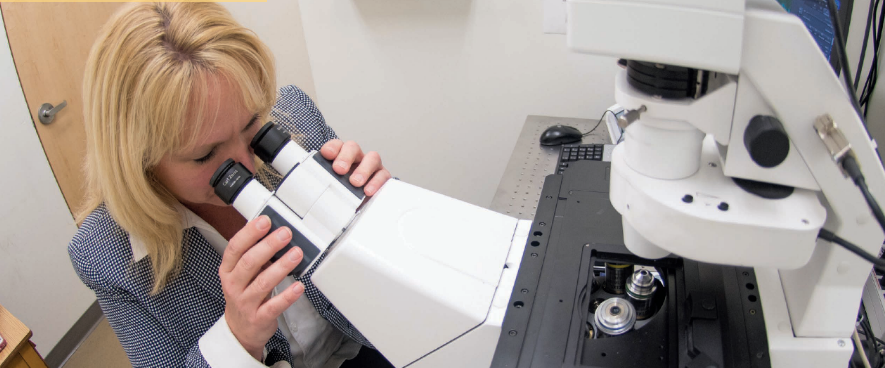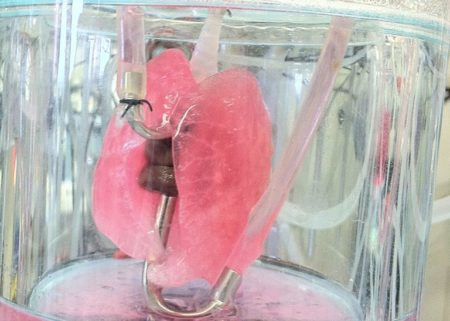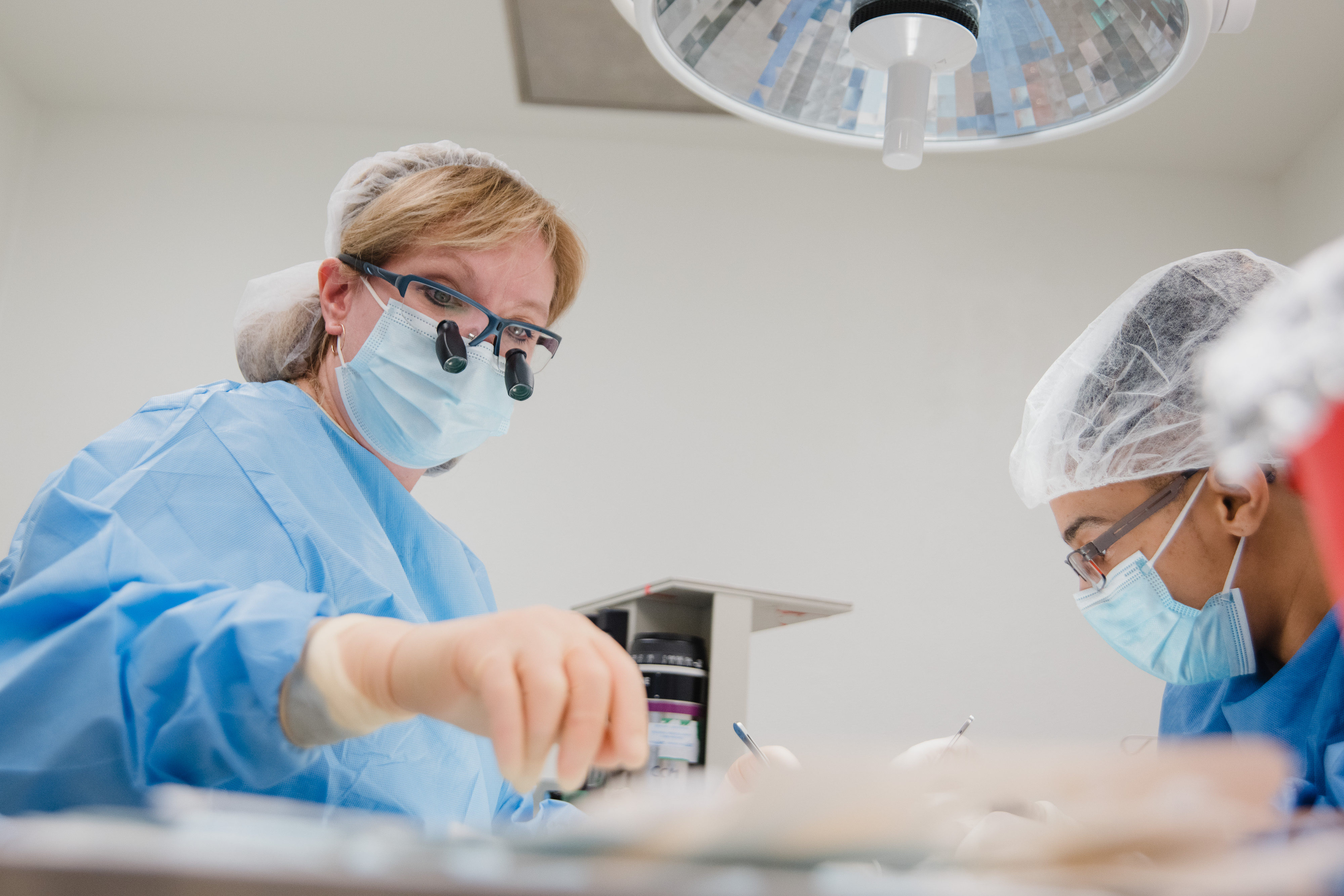In the 1950s and ’60s, one of the popular themes for science fiction movies was mad scientists growing human brains in the lab. At the time, the notion of growing any part of a human in the lab was both unimaginably advanced and entirely disturbing (the story never turned out well for the scientist or anyone else). Today, we are actually living that reality, with scientists who are anything but mad, and their results are poised to transform medicine and the lives of countless children.
Christine Finck, MD, is Connecticut Children’s Surgeon in Chief and also the head of the Division of Pediatric General and Thoracic Surgery. She currently holds the Peter J. Deckers Endowed Chair in Pediatric Surgery. In addition to all her work as a surgeon and an administrator, Dr. Finck is conducting some of the most advanced research anywhere: she is working in regenerative medicine, using stem cells and a 3D bioprinter to grow human organs.
Bioprinting is a Reality
A 3D bioprinter is similar to a regular 3D printer in that it builds a three-dimensional object layer by layer. But where a conventional 3D printer might use plastic or ceramic material to build up those layers, a bioprinter can use cells as ink. And the object it creates is organic tissue.
The first work Dr. Finck undertook in this area was the esophagus, the tube that connects the mouth and the stomach. Human babies and animals are sometimes born with an incomplete esophagus, just two opposing stubs that don’t meet. In this situation, food cannot reach the baby’s stomach. That is obviously not a survivable condition. Surgeons like Dr. Finck address an incomplete esophagus by stretching the existing tissue and stitching the ends together.


